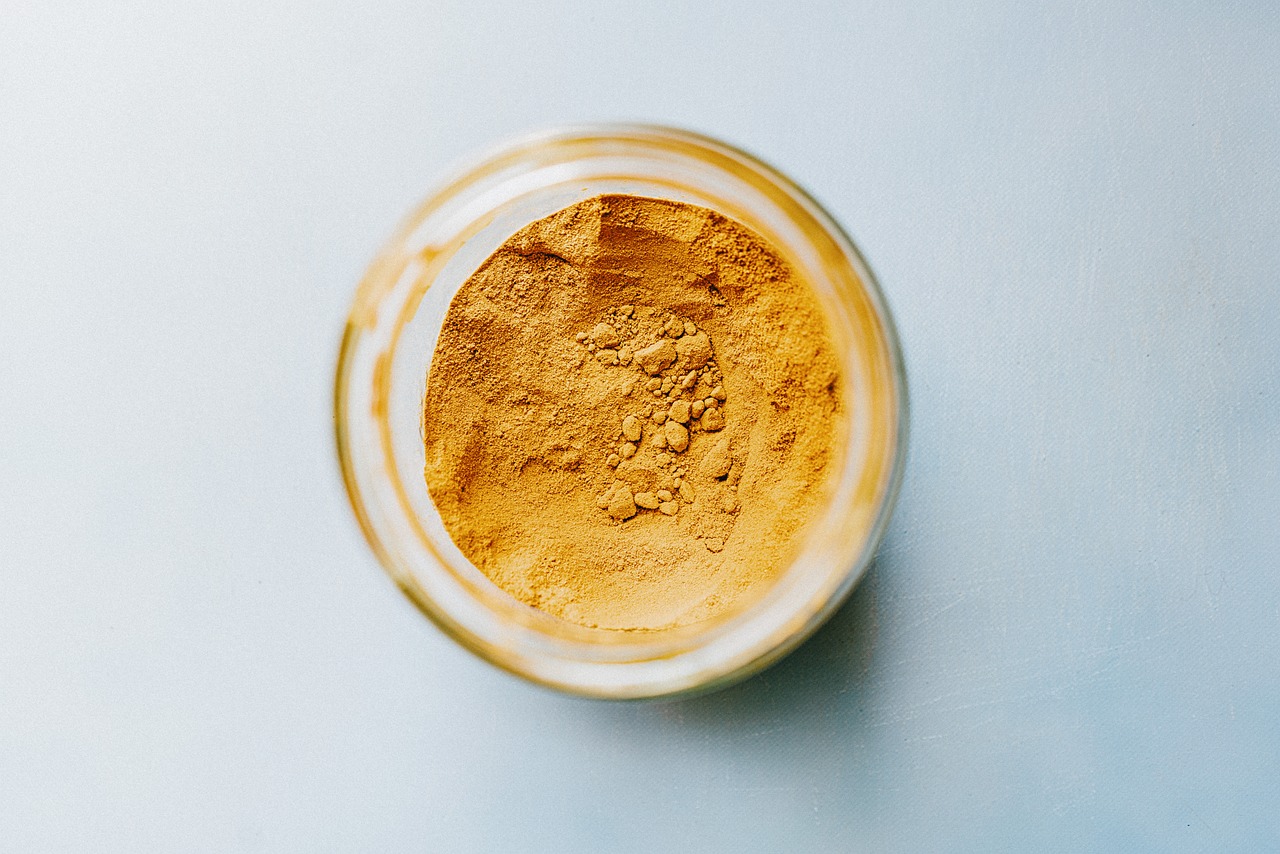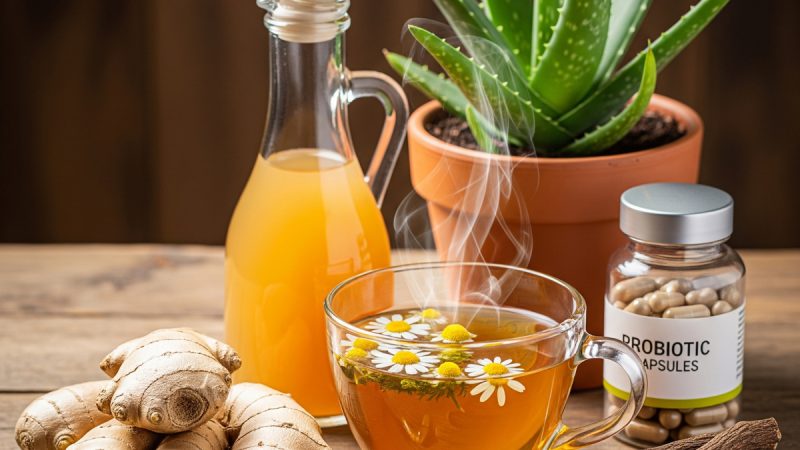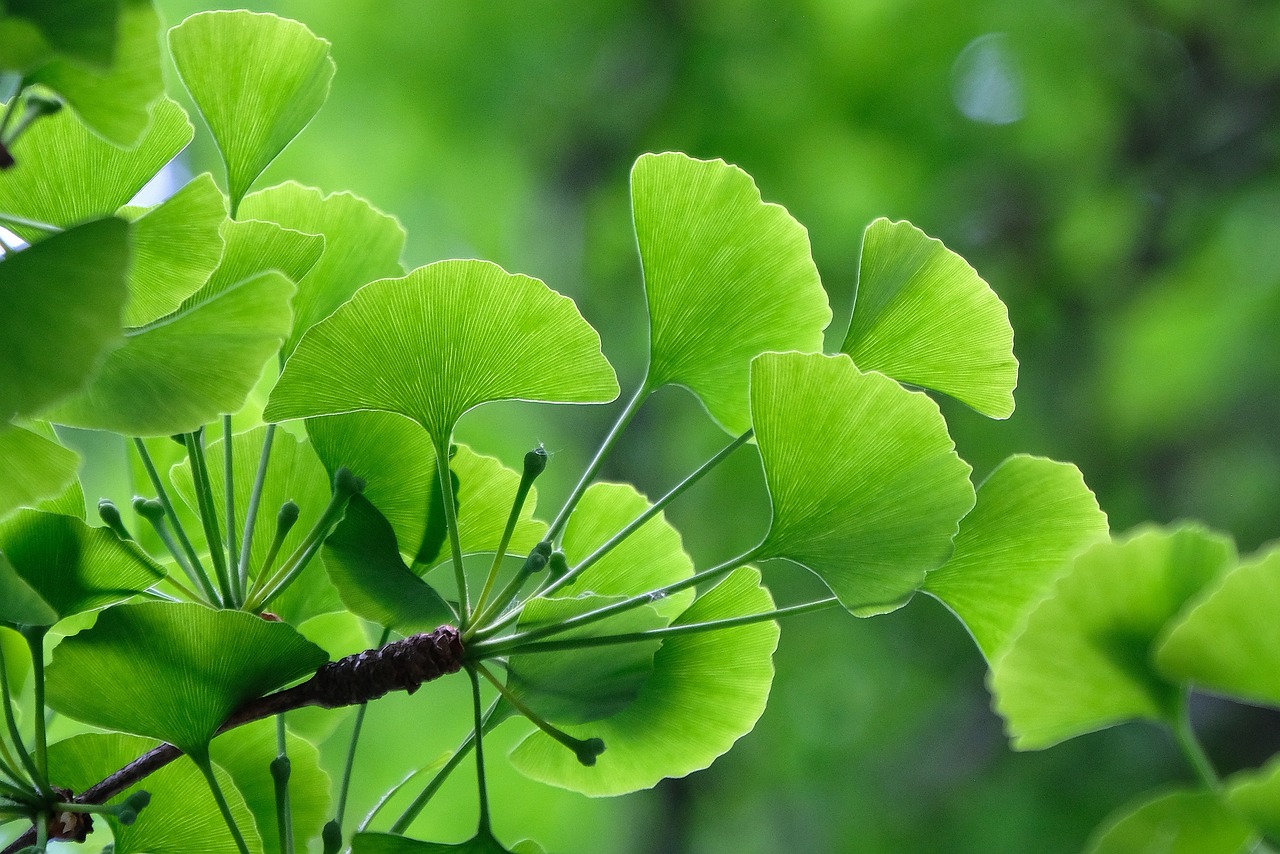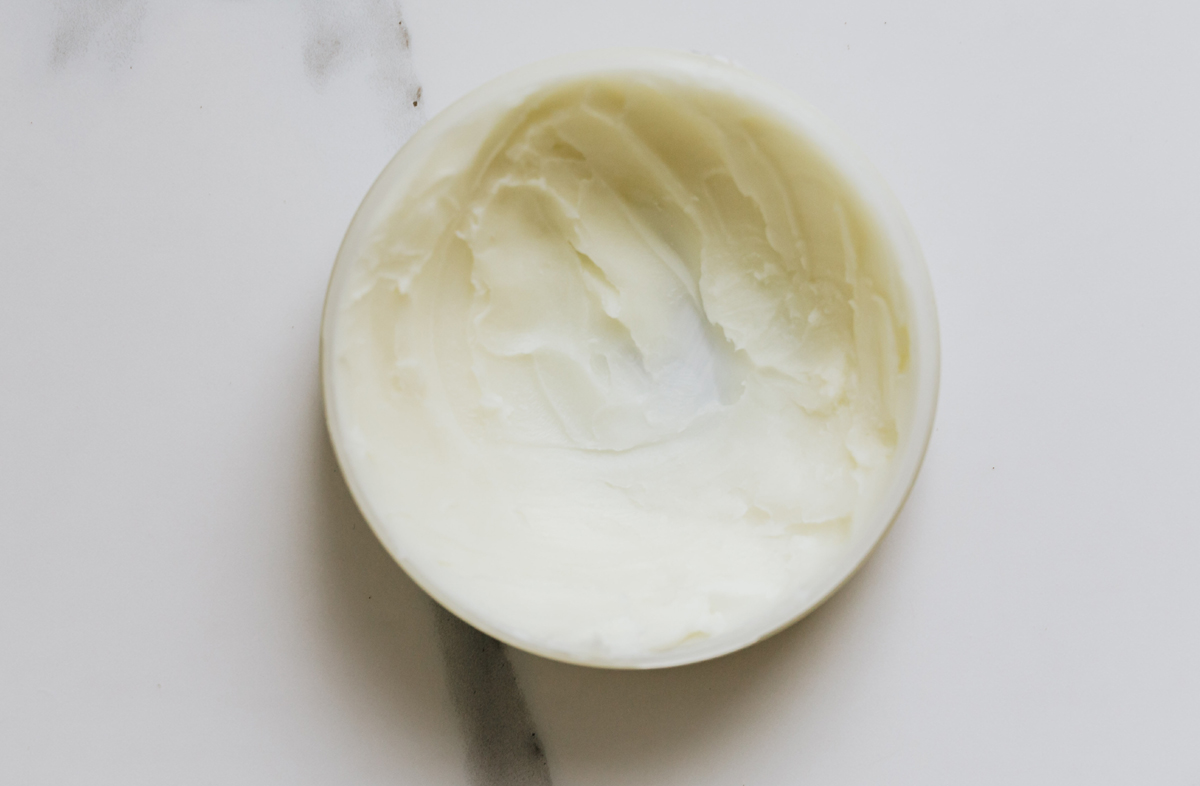Herbs in Ayurveda

Ayurveda is a Sanskrit word. It is combination of two words – “Ayur (life) and Veda (knowledge). So, ayurveda literally means the “Science of Life”. It is an Indian ancient medicinal system of treatment in which herbs are used as medicine. It is strongly believed that, Ayurveda not cures only disease but it also removes the root cause of the disease. Benefits of ayurvedic treatments are known to many. It has benefited people across the world. So many people across the world visit India to experience an alliterative form of healing and treatment.
Traditional Ayurveda practices on five nature elements – Akash (Space), Agni (Fire), Vayu (Air), Jal (Water) and Prithvi (Earth). While diagnosing and treating diseases, ayurvedic science links these five natural elements to the five human sense organs. In ayurvedic therapy different kinds of herbs are used. Herbal medicines are prepared by assigning and combining herbs as per their properties and functions. People can find some of these herbs in gardens or can grow in gardens. But some of herbs are very rare and expensive. In India Himalayan regions are rich in such kinds of herbs. Finding out herbs is also difficult task. Only experienced people can recognize and find herbs. Some of important herbs used in Ayurveda (the Science of Life) are:
Tamarind:
It is very helpful in curing diarrhea and digestive disorders. Its roots, fruits and seeds are widely used to cure intestinal diseases.
Aloe Vera:
It is a helpful plant. Its flower and roots are used to treat skin problems, dermatitis and x-ray burns. As an oral medicine it helps to reduce cholesterol, lipid levels and blood fat. It is used in very beauty care creams for the purpose of treating face and skin problems.
Ginger:
It is one of the most widely used herbs in Ayurveda. It helps to improve the digestive system. It is very helpful in curing joint pains. It is recommended for relieving motion sickness and diarrhea. It is also effective in treating nausea caused by morning sickness. The combination of Tulsi Leaves and Ginger is very effective in cough and cold.
Turmeric:
According to Ayurvedic science, turmeric has many medicinal and curative properties. Many people use it as antiseptic for cuts and burns. It is also a good antibacterial agent. It is considered as it is helpful in fatal disease like cancer and liver disorders. Many people use the paste of turmeric on their faces for acne treatment. Ayurveda beauty care program also uses the paste of turmeric with the combination of other helpful herbs in beauty care. Applying paste of turmeric on faces and skin gives glow to skin and keeps harmful bacteria away from the body. Turmeric is also used in the formation of many cosmetic creams.
>> Ayurveda Can Help You Look Beautiful
Tulsi:
Tulsi is one of the most ancient herbs used in Ayurveda for various diverse treatment properties. According to Ayurveda, it promotes longevity. It is mentioned in an ancient Ayurvedic Text – Charaka Samhita by Charaka. The extracts of Tulsi are used as ayurvedic remedies for various diseases like common colds, stomach disorders, heart disease, malaria, headaches, inflammation, etc. Tulsi is also used in herbal tea. Tulsi due to antioxidant properties also helps in reducing cholesterol and blood glucose levels.
Bambusa Vulgaris (Bamboo), Amalaki, Calendula Officinalis, Black Juniper, Triphala, Hibiscus, Ipomoea Carnea, etc are popular herbs used in Ayurvedic treatments. Ayurveda is also popular among people for rejuvenation therapy. Ayurveda rejuvenation therapy improves the overall health and well-being of prolong life. Milk, medicated oils, paste of appropriate herbs, etc are used in therapy. Ayurvedic therapy is also beneficial in weight loss. Many of resorts in India offer Ayurveda slimming program aiming to people who are looking for losing their weight.
The Author :
Meenakshi is an eminent analyst and writer in Health & Fitness related topics. She has authored many books on Yoga and Ayurveda for Ayurveda Rejuvenation Therapy and Ayurveda Beauty Care Program.
Photo. Antonio Cansino








